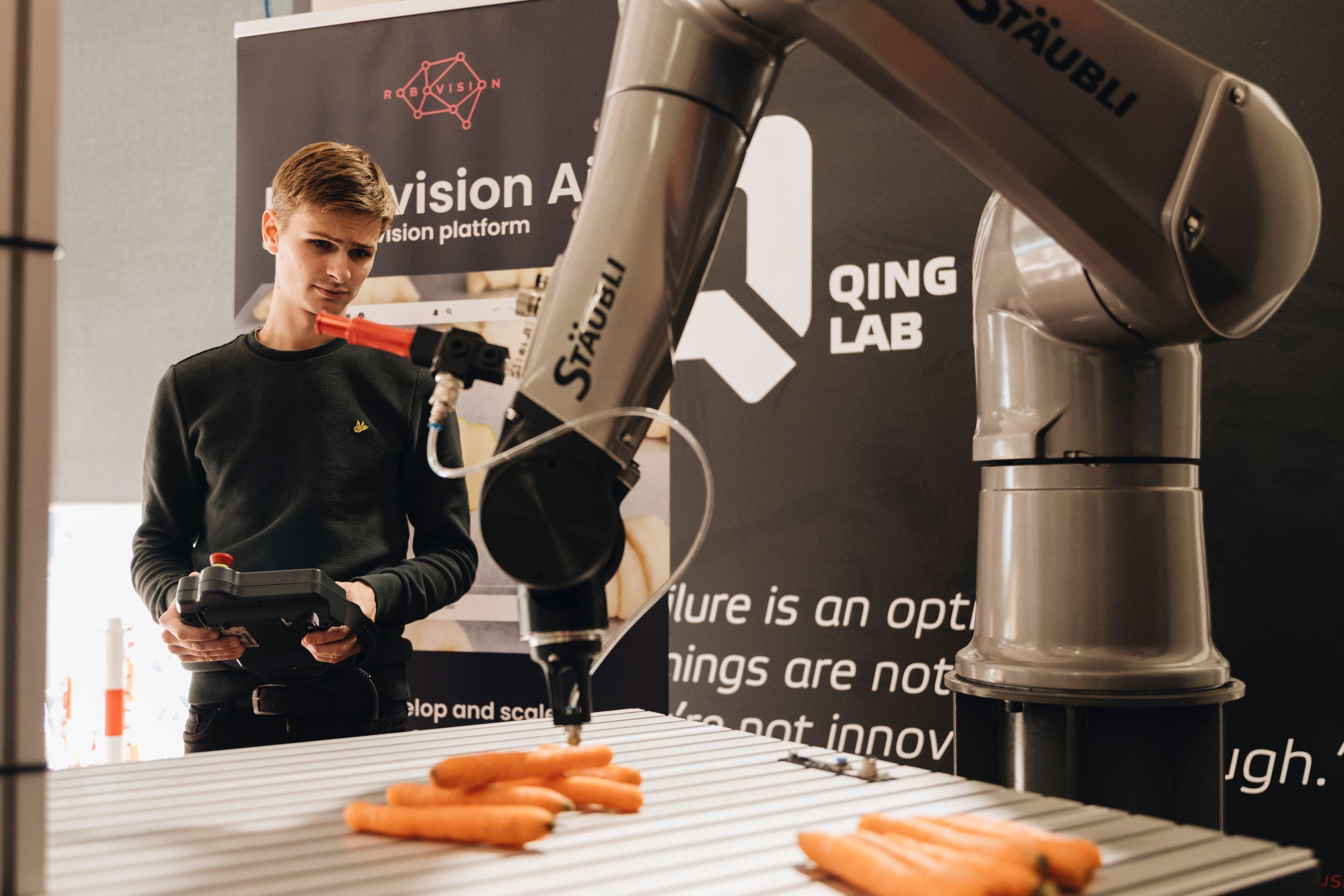Across the Netherlands, Living Labs are helping SMEs accelerate food innovation. From ingredient development to robotics and digital twins. These labs provide safe, real-life environments where companies can test new technologies before making large investments. The approach is pragmatic and flexible: experiment, learn fast, and scale what works.
One region stands out for its role in connecting the ecosystem; Brabant. As one of Europe’s leading agri-food regions, it’s where food and technology converge to make production smarter, more digital, and more sustainable. Through Next Tech Food Factories (NTFF), a single entry point for innovation support, a network of Living Labs, companies, knowledge institutes, and other organisations collaborate to help start-ups, SMEs, and established manufacturers validate new solutions under real production conditions. This approach reduces risk, accelerates learning, and builds the confidence needed for growth.
The NTFF Network: complementary labs, one shared mission
Each Living Lab within the NTFF network brings its own strengths and expertise, yet they operate together as one open, connected testbed. This allows companies to move seamlessly from concept to validation and ultimately to scale-up.

Through NTFF, companies can easily find where and how to test their innovations. The Living Labs collaborate as one open network, forming a connected and growing testbed that supports every stage of development. This coordination of projects ensure that technical progress goes hand in hand with organisational and human development.
NTFF aligns projects, shares knowledge, and serves as a single entry point for businesses looking to test before they invest.
Case: Sanorice – pairing tech with change
When Sanorice, a Dutch family-owned rice-wafer producer, set out to digitalise more of its production, it turned to the NTFF Living for support.
At QING Food Automation, a technical demo was built using Sanorice’s own wafers, testing the feasibility of vision-based quality inspection in a realistic, but low-risk environment. Meanwhile, Brightlands Campus Greenport Venlo focused on taste and sensory analysis, linking process parameters directly to consumer perception. This revealed how subtle changes in moisture, ingredients and temperature influence flavour and texture.
QING Food Automation also contributed expertise in automation and digital monitoring, preparing Sanorice for the next phase of optimisation and control.
Beyond technology, Sanorice focused on people. Through workshops with management, quality, and production teams, the company explored how new systems would fit into daily work. This built trust, ownership, and readiness for change.
By combining technical testing with human engagement, Sanorice gained clarity on its ideal production process, built a shared roadmap for digital growth, and strengthened confidence for future innovation.
From Experiment to Transformation
The Sanorice case illustrates what NTFF stands for: innovation that connects technology, people, process and product. The Food-Tech Living Labs make it possible to turn ideas into everyday practice, helping SMEs modernise smarter, together.
For companies across the Netherlands, this means:
- Access to real-life test environments without heavy upfront costs
- Guidance from experts in automation, ingredients, and sensory science
- Connections to partners for scaling, funding, and implementation
Lessons for a European Living Lab network
The Dutch example shows that Living Labs thrive when they act as part of an open, mission-driven network. Shared entry points, transparent service catalogues, and joint experimentation themes can make local strengths visible and usable across borders.
As the SIXFOLD consortium maps Living Labs in other countries, the Dutch NTFF experience offers a blueprint: start local, connect regionally, and grow together into a European ecosystem for food-tech innovation.
Learn more:
👉 Next Tech Food Factories
👉 Food Tech Brainport
👉 QING Food Automation
👉 Brightlands Campus Greenport Venlo



